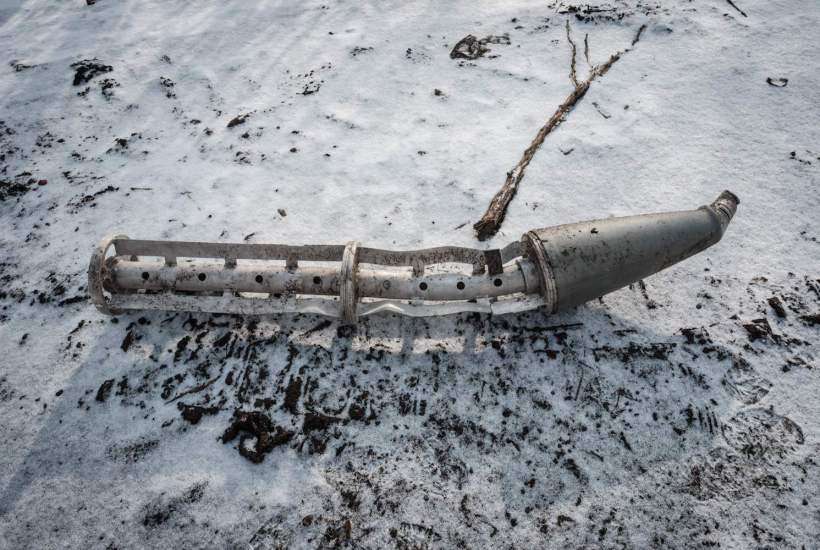When the war in Ukraine was only a few months old, Amnesty International published a report condemning what it had found to be the extensive use of cluster munitions in Kharkiv – by Russia. It noted that the weapons were banned by more than 100 countries and said that in Kharkiv they had claimed hundreds of civilian victims.
Already a subscriber? Log in
Subscribe for just $2 a week
Try a month of The Spectator Australia absolutely free and without commitment. Not only that but – if you choose to continue – you’ll pay just $2 a week for your first year.
- Unlimited access to spectator.com.au and app
- The weekly edition on the Spectator Australia app
- Spectator podcasts and newsletters
- Full access to spectator.co.uk
Or




















Comments
Don't miss out
Join the conversation with other Spectator Australia readers. Subscribe to leave a comment.
SUBSCRIBEAlready a subscriber? Log in